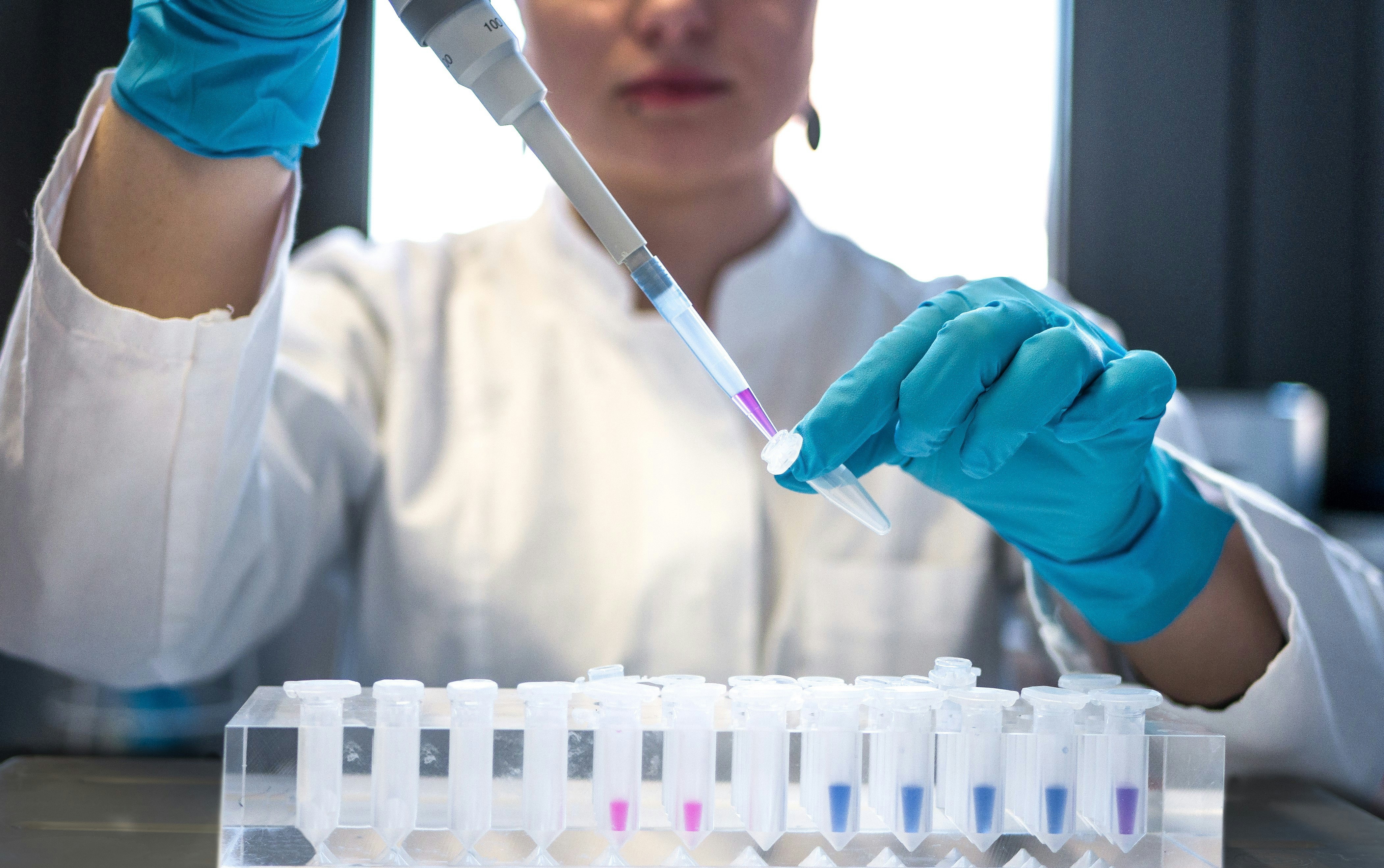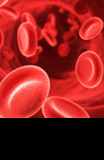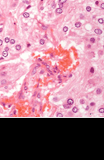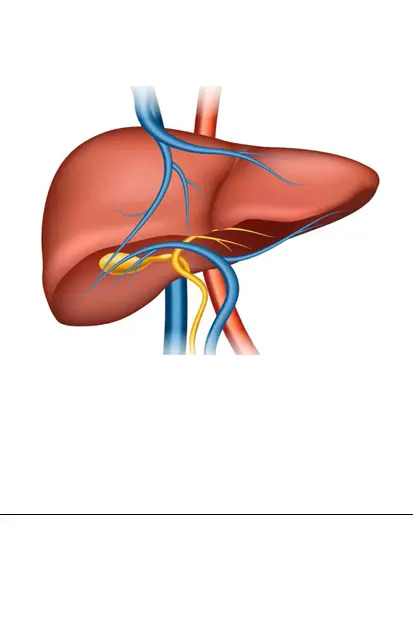New OUH committee aims to enhance research performance and governance

Oxford University Hospitals’ (OUH) new Research and Development Committee has met for the first time, having been approved in August by Trust managers.
The new R&D Committee aims to streamline the process of setting up studies and make the Trust better placed to thrive in the new research environment set out in the NHS’s ten-year plan. The committee supersedes the Assessment and Prioritisation Panel (APP), which met for the final time on 15 September.
OUH is one of the most research-active acute NHS trusts in the UK. A key aspect of this is its strong strategic partnership with the University of Oxford, which is the largest sponsor of trials at the Trust. The NIHR Oxford Biomedical Research Centre (BRC), based at OUH and run in partnership with the University of Oxford, makes a large and valuable contribution to research and clinical activity in the Trust. OUH also has an important research relationship with Oxford Brookes University and Oxford Health NHS Foundation Trust.
Professor Adrian Banning, Director of Research and Development at OUH said: “To ensure we continue to deliver high-quality clinical research in the context of this partnership, to address existing challenges and reflect the changes in the national research landscape, it’s vital we strengthen and streamline the way in which research is overseen and administered here.
“This new R&D Committee is the central part of our efforts to enhance the planning, coordination, performance and resourcing of research at OUH to make us more agile and competitive in future.”
One of the key changes the R&D Committee discussed at its first meeting on 20 October was to transition from Local Research Oversight Groups (LROGs) to Research Delivery Groups (RDGs). The lead for each RDG will sit on the R&D Committee, which will also have representation from the University of Oxford and the OUH-hosted Thames Valley and Surrey Secure Data Environment (SDE), which will play an increasingly important role in supporting and enabling research.
One of the Committee’s main tasks will be to develop the Trust’s R&D Strategy, in line with the Trust’s own 2026-2031 strategy, setting out the Trust’s ambitions for R&D over the next five years and how it intends to achieve them.
The creation of the new structure is in part a response to changes in the national research landscape, not least the expectations set out in the NHS ten-year plan, such as targets around the proportion of studies open to recruitment within 60 days of approval and those receiving their first participant within 30 days of sites being open to recruitment.
“We envisage the committee playing an important role in ensuring we expedite study set-up timelines, by ensuring that the demand for research approvals and the capacity of our research infrastructure are more closely aligned. Improving performance in this area will not only mean we continue to receive our full allocation of research infrastructure funding, but also benefit study participants and future patients,” Professor Banning said.




























































